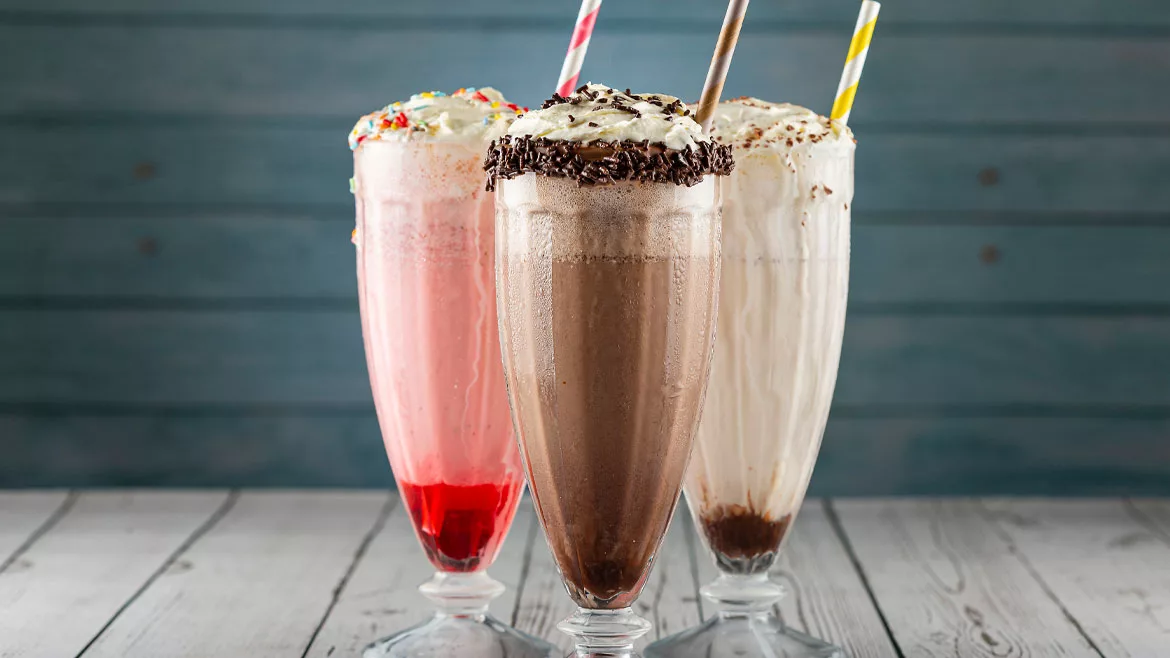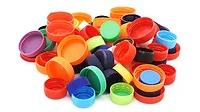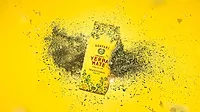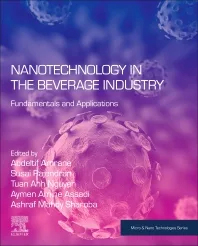Hydrocolloids meet ever-evolving beverage trends head-on
Clean label, sugar reduction trends prompt innovation
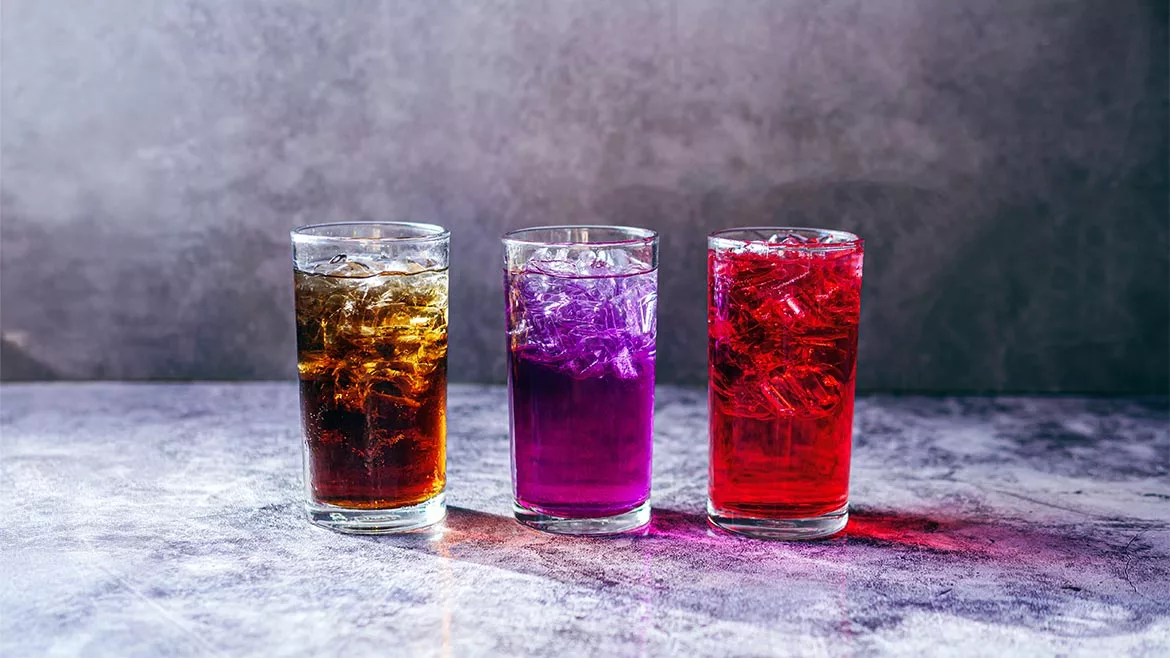
Image credit: Narong KHUEANKAEW/iStock / Getty Images Plus via Getty Images
Film critic for the Chicago Sun-Times from 1967 until his death in 2013, the late great Roger Ebert is quoted for having said, “Many thrillers follow such reliable formulas that you can look at what’s happening and guess how much longer a film has to run.”
When it comes to beverage formulas, where beverage-makers look to specific ingredients for reliable outcomes, experts note that hydrocolloids remain a critical component in solutions, even as beverage trends seem ever evolving.
As for functional beverage trends impacting the hydrocolloids market, Shiva Elayedath, principal product specialist of texturizers at Cargill, Minneapolis, says that, as functional beverages become more complex, hydrocolloids are increasingly essential.
“[Hydrocolloids] help suspend, stabilize and protect added ingredients like proteins, fibers and botanicals — helping the beverage stay homogenous and visually appealing,” he explains. “While hydrocolloids don’t deliver health benefits themselves, they’re critical enablers behind many of today’s health-forward formulations.”

Moreover, with sugar reduction trends on the rise, Elayedath explains how hydrocolloids work with high-intensity sweeteners to replicate a sugar sensory experience.
“Sugar does more than sweeten; it contributes to mouthfeel, viscosity, and more. When it’s removed or reduced, those attributes must be rebuilt. That’s where solutions like pectin, carrageenan, and our functional systems shine,” he says. “They help replicate the full-sugar sensory experience, delivering body and mouthfeel when high-intensity sweeteners are used.
“Pectin is a great choice for acidic formulations, making it ideal for applications like functional waters and juices,” Elayedath continues. “For neutral pH beverages such as protein drinks or flavored milks, carrageenan or tailored functional systems are typically more effective.”
Alongside functional beverage trends, Elayedath says that clean label trends are reshaping ingredient choices, and hydrocolloids are no exception.
“Among them, pectin stands out for its consumer-friendly perception,” he explains. “Cargill’s Ingredient Tracker survey consistently shows pectin as one of the most recognized and positively viewed hydrocolloids on ingredient labels.
“That familiarity gives formulators a strategic advantage, especially when label considerations are a brand priority,” he continues. “In neutral pH systems, we can accommodate a brand’s label needs with label-friendly functional systems.”
Jennifer Stephens, vice president of marketing at Fiberstar Inc., River Falls, Wis., also notes the impact clean label trends are having on the hydrocolloids market.
“There continues to be a demand for clean-label beverage ingredients. Some hydrocolloids are perceived to be okay,” she explains. “Those are typically ingredients that consumers are familiar with when they read the labeling. For example, they may have used the hydrocolloid when cooking or baking at home. In other instances, if the labeling is simple to understand or has a healthy halo around it, such as citrus fiber, consumers are more accepting.”
Stephens adds that, currently, consumers are demanding cleaner plant-based milks.
“Most of these milk alternatives contain gellan gum. Beverage companies are seeking alternatives to food gums, however without altering their current formulations and manufacturing processes,” she says. “Citri-Fi citrus fiber, which is an upcycled ingredient from the citrus juicing industry, can be used in varying beverages to improve the natural mouthfeel, smooth texture, and clouding.
“Another popular trend is the incorporation of exotic fruits,” Stephen continues. “However, many times exotic fruits can be expensive to use. Therefore, formulators are seeking cost effective solutions to extend the exotic fruit while still creating a healthy flavorful beverage. Citri-Fi citrus fiber can be used at low levels to extend the pulp while creating a natural fruit-like texture in smoothies and juices.”
Considering the variables
Given that hydrocolloids are essential to beverage formulations, experts highlight what to consider when incorporating these ingredients.
“When we talk to customers, we always start by understanding the jobs to be done. Whether it’s protecting proteins in a high-acid dairy beverage or building back viscosity in a reduced-sugar tea, understanding what we’re trying to achieve is always the first step,” Cargill’s Elayedath says. “From there, we’ll want to define any label restraints, especially for brands with ‘label-friendly’ aspirations.
“Formulation realities, especially pH levels, will factor into the decision-making process,” he continues. “Certain hydrocolloids perform better in acidic versus neutral environments. Processing conditions can also dictate choices. High heat, homogenization, or shear can influence hydrocolloid stability and performance. Similarly, refrigerated beverages require hydrocolloids that maintain performance during cold storage.”
Elayedath also notes that specific challenges — and solutions — will vary based on the type of beverage application.
“Once we understand the product development framework, we can find the right hydrocolloid solution,” he says. “In some cases, a single hydrocolloid is all that’s needed, but for more complex formulations, a blend of ingredients may be required.
“Ultimately, consumers seek beverages that feel just as good as they taste,” Elayedath continues. “Hydrocolloids are essential in delivering those experiences — ensuring texture, stability, and sensory quality are preserved from production to the last sip.”
Dr. Brock Lundberg, Ph.D., chief science officer at Fiberstar, echoes similar sentiments, noting that beverage-makers need to consider not only the types of ingredients in the beverage formulation, but also, the processing methods and shelf-life requirements.
“Some food ingredients may work synergistically together to create additional functionality,” Lundberg says. “For instance, if there are hydrocolloids present in the formula, adding additional hydrocolloids may create increased thickness, which may affect the targeted mouthfeel. As a result, the product developer will need to adjust the formulation.
“In another example, such as low pH systems, certain hydrocolloids may cause proteins to precipitate out,” he continues. “This is typical in protein-enhanced functional beverages.”
Addressing processing methods, Lundberg explains that hydrocolloids need to be process-tolerant so they do not break down under harsh conditions.
“Additionally, most beverages have a shelf-life minimum which can be several months to a year,” he says. “If certain hydrocolloids are used to stabilize the beverage, they need to be robust enough to prevent beverage components from separating over time.”
Lundberg points out that Fiberstar’s Citri-Fi citrus fiber — at low usage levels— can be used alone or with other hydrocolloids, like food gums, to improve the stability and create a natural mouthfeel in certain functional beverages.
“This natural citrus fiber can produce additional functionality, such as viscosity, when high shear conditions are used like in homogenization,” he explains. “In these types of processes, Citri-Fi can be used to replace certain hydrocolloids while still maintaining a natural mouthfeel.”
Moving forward
As far as what the future holds for hydrocolloids, experts anticipate that functional beverage trends will continue to have an impact on the market.
Fiberstar’s Stephens expects label scrutiny to continue, noting that some hydrocolloids will be the go-to functional ingredients in beverages, while others might struggle due to consumers’ evolving opinions.
“Suppliers, users, and trade advocates need to continue educating the public about their safety and multiple benefits in beverage and food in addition to debunking myths and misinformation,” Stephen says. “There is an opportunity for new and emerging functional ingredients to be considered in beverage making.
“Many upcycled ingredients entering into the market are deemed to provide multiple functionalities ranging from water holding to contributing dietary fiber,” she continues. “In addition to their upcycled story, these beverage ingredients can help improve the labeling and nutrition.”
Going forward, Cargill’s Elayedath anticipates that hydrocolloids will continue to underpin beverage innovation — from stabilizing ingredients to enhancing mouthfeel and body.
“Looking ahead, watch for solutions that enable new textures and viscosities in beverages, echoing trends like bubble teas and their suspended gels and inclusions,” he says. “Next-generation solutions could also edge closer to replicating the full body mouthfeel associated with caloric sweeteners.
“Hydrocolloids may not grab headlines, but they’re quietly transforming what’s possible in the beverage aisle,” Elayedath concludes.
Looking for a reprint of this article?
From high-res PDFs to custom plaques, order your copy today!


